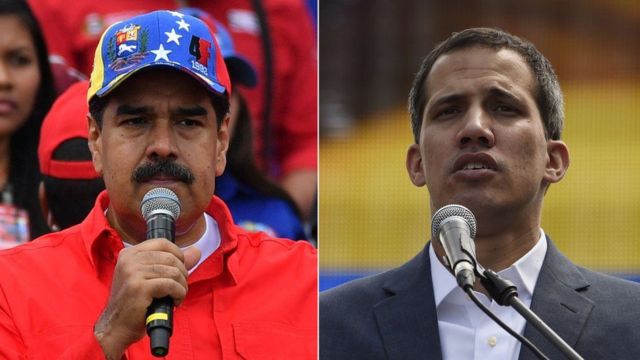The excesses include the permanent and open attack on opposition governors and mayors. An important part of the territorial leadership has taken the path of exile.
In Venezuela, decentralized federalism began in 1989, when governors and mayors were elected for the first time within the framework of the democratization processes that took place in Latin America. The experiment lasted nine years: 1990 to 1998. Since Hugo Chávez took office, decentralization was violated since its logic contravened the revolutionary objectives and the aspirations of perpetuation in power. The authoritarian regime has never accepted shared powers. Its nature is undemocratic.
A three-moment analysis can help explain the decentralization dismantling strategy. The first moment is the Constitution-drafting process of 1999, which culminated in a new constitutional text dedicated to a federal and decentralized republic that did not go beyond being revolutionary rhetoric. The second was the new geometry of power as a strategy of power concentration. And the third was the sacralization of the communal state. They formed a substantive part of the political project known as 21st-century socialism. Throughout these stages, harassment against the territorial powers persisted with the ultimate objective of their extinction and the establishment of the communal State, a non-elected structure dependent on the president.
The long way from the Constitution to the facts
The new Constitution of 1999 endorsed the federal character of the Republic and added the qualification of decentralized, which meant ratifying the election of governors and mayors. The powers of states and municipalities were similar to those already existing.
However, the principles of federalism have never been fulfilled. In the first place, the Federal Government Council (CFG), provided for in article 185, was hardly implemented eleven years later (2010) and has always functioned as an entity dependent on the president’s orders. Second, financial mechanisms have operated against the needs of the territories. The allocations from the nation’s oil revenues granted by the Constitution to the regions and the municipalities were controlled by the discretionary management of the executive’s national funds. Thus, in 1998, states and municipalities directly administered about 29 percent of the total finances of the Republic. Nowadays, the figure does not exceed 10 percent.
The imbalance of power increased with the elimination of the Senate of the Republic, historical space of territorial counterweight. The voice of the province in parliament disappeared.
Additionally, the central power attacked the concurrent and exclusive powers that the states administered. The service transfer agreements they had signed with the Republic were annulled, including the management of health services facilities. Similarly, ports, airports and road management was returned to the central power in a very graphic grab: the country’s ports and airports were taken by military force.
The excesses include the permanent and open attack on opposition governors and mayors. An important part of the territorial leadership has taken the path of exile.
A geometry of power for socialism
During a meeting held at the Theater of the Military Academy in 2004, Chavez gathered the mayors and governors from his party and warned them that, despite not being able to dismiss them, he could control them. The governors and mayors lost the minimum autonomy conferred to them through elections, they would be instead at the service of the revolution and its leader. From this moment on, the objective in territorial matters was made explicit: the new geometry of power. The central government proposed to create a system of transitory federal cities and territories, which would give way to a system of communal life where state and municipal governments were no longer needed, but communal power within the framework of a communal state.
The communal councils had to be strengthened to bring down the decentralization process as a counterweight to power. These were created in April 2006 to be instances of participation and articulation of citizen organizations, which would directly exercise the management of public policies. They ended up being an instrument for social control in the territory. Participation directed from the presidency.
Also, the president established several engine districts of development to promote regional projects and strengthen the popular power, thus facilitating the transition to socialism.
It was a territorial framework that would suffocate elected governors and mayors, and territorial decisions would depend only on who controls the central government.
The communal state: all power to the soviets
The National Assembly passed the creation of the Popular Power between October 2010 and January 4, 2011. Chavez presented what would be the ideal society: one led by a communal state that eliminates all types of power counterweights and establishes a direct relationship between the people, the leader, and the party that supports him.
A parallel State, which did not exist in the Constitution, was constructed from a package of legal instruments – appropriate to any dictatorship – that defined a socialist State for which no one had voted. The communal state would be the form of political and social organization where the power would be exercised directly by the people, and that would allow the supreme happiness of Venezuelans in a socialist society achieved through the communes. In short, it was about moving towards a new territorial regime classified as socialist, which would gradually displace the territorial units provided for in the 1999 Constitution.
This new vision proposed a direct link between the National Power and community-based organizations recognized as such by a Ministry for Participation.
Under the exercise of authoritarian and militaristic power, this scheme built a facade of grassroots popular participation that, as we know, ended up being instrumental for the arbitrary exercise of power. In this model, decentralized federalism had no place. He had to be suffocated. So it was.




